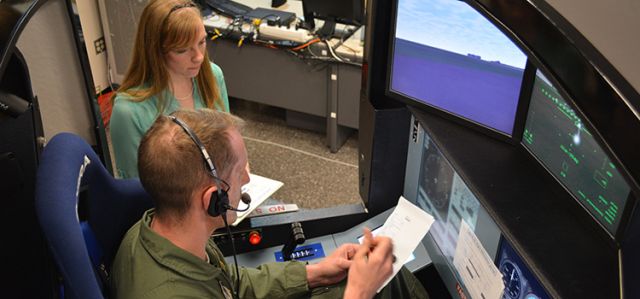Six-Bar Linkage Models of a Recumbent Tricycle Mechanism to Increase Power Throughput in FES Cycling
Document Type
Article
Publication Date
2-11-2022
Publication Source
Robotics
Abstract
This paper presents the kinematic and static analysis of two mechanisms to improve power throughput for persons with tetra- or paraplegia pedaling a performance tricycle via FES. FES, or functional electrical stimulation, activates muscles by passing small electrical currents through the muscle creating a contraction. The use of FES can build muscle in patients, relieve soreness, and promote cardiovascular health. Compared to an able-bodied rider, a cyclist stimulated via FES produces an order of magnitude less power creating some notable pedaling difficulties especially pertaining to inactive zones. An inactive zone occurs when the leg position is unable to produce enough power to propel the tricycle via muscle stimulation. An inactive zone is typically present when one leg is fully bent and the other leg is fully extended. Altering the motion of a cyclist’s legs relative to the crank position can potentially reduce inactive zones and increase power throughput. Some recently marketed bicycles showcase pedal mechanisms utilizing alternate leg motions. This work considers performance tricycle designs based on the Stephenson III and Watt II six-bar mechanisms where the legs define two of the system’s links. The architecture based on the Stephenson III is referred to throughout as the CDT due to the legs’ push acting to coupler-drive the four-bar component of the system. The architecture based on the Watt II is referred to throughout as the CRT due to the legs’ push acting to drive the rocker link of the four-bar component of the system. The unmodified or traditional recumbent tricycle (TRT) provides a benchmarks by which the designs proposed herein may be evaluated. Using knee and hip torques and angular velocities consistent with a previous study, this numerical study using a quasi-static power model of the CRT suggests a roughly 50% increase and the CDT suggests roughly a doubling in average crank power, respectively, for a typical FES cyclist.
ISBN/ISSN
2218-6581
Document Version
Published Version
Publisher
MDPI
Volume
11
Issue
1
Peer Reviewed
yes
eCommons Citation
Lanese, Nicholas A.; Myszka, David H.; Bazler, Anthony L.; and Murray, Andrew P., "Six-Bar Linkage Models of a Recumbent Tricycle Mechanism to Increase Power Throughput in FES Cycling" (2022). Mechanical and Aerospace Engineering Faculty Publications. 243.
https://ecommons.udayton.edu/mee_fac_pub/243




Comments
This open-access article is provided for download in compliance with the publisher’s policy on self-archiving. To view the version of record, use the DOI: https://doi.org/10.3390/robotics11010026